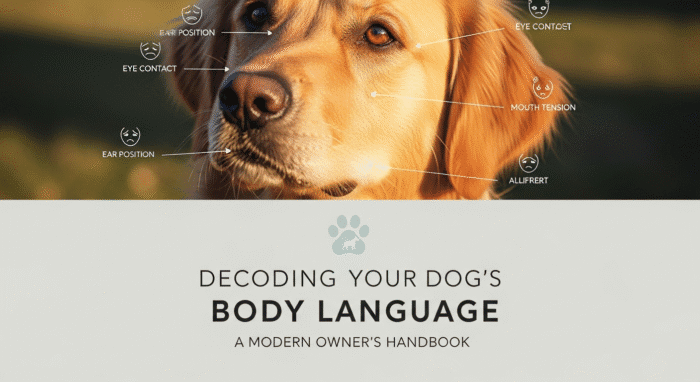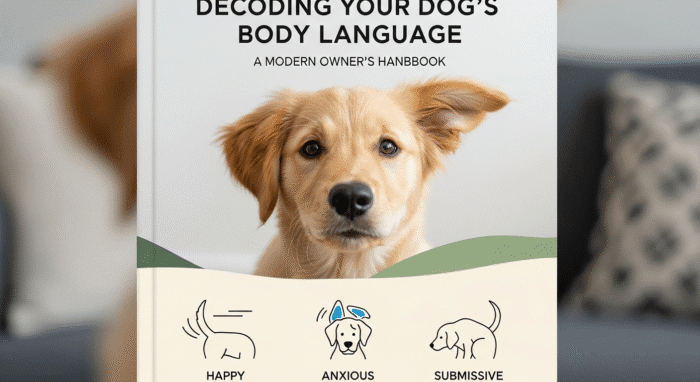Ever feel like your dog’s giving you the silent treatment? Or maybe they’re ‘talking’ but you’re just not fluent in Canine? I get it. We all do sometimes. You lavish them with love, the best food, all the squeaky toys a pup could dream of… but are you really hearing what they’re saying? Here’s the thing: dogs are master communicators, just not with words. It’s all in the tail wags, the ear twitches, and those soulful eyes. Let’s dive into how to understand your furry friend on a deeper level. Because, let’s be honest, knowing what your dog is thinking? That’s pure magic.
Table of Contents
The Tail’s Tale: More Than Just a Wag

Okay, tail wags. We all know the basics, right? Wagging equals happy. Mostly. But there’s so much more nuance than that. The speed, the height, the direction – it all matters. A high, fast wag usually indicates excitement and confidence. A low wag, or even a tucked tail, signals fear or anxiety. A slow, deliberate wag? Could be insecurity, or maybe they’re just sizing up the situation. And that little helicopter tail, the one that goes in circles? Pure, unadulterated joy. I’ve got to admit, that’s my favorite one to witness! Think of it as the volume and intonation of their speech. Like us, their mood and body language will be different depending on where they are, who they are around, and even what they are experiencing.
Here’s the thing – you might be wondering, what about the direction of the wag? Research has shown that dogs actually wag slightly more to the right when they’re feeling positive emotions, and to the left when they’re feeling negative ones. Crazy, right? I initially thought it was a myth but after looking deeper it seems there’s some credibility there.
Ear-resistible Signals: Tuning into Your Dog’s Antennae
Ears are seriously underrated when it comes to decoding dog language. They’re like little radar dishes, constantly adjusting to pick up sounds… and convey emotions. Forward-pointing ears usually mean alertness and interest. Ears pinned back can indicate fear, submission, or even aggression (it really depends on the overall body language). And floppy ears? Well, sometimes they just flop. But even then, the subtle movements can give you clues. Are they twitching? Are they held loosely or tightly? Pay attention to the small details. Plus, their hearing is far better than ours, so their ears are always working overtime!
Actually, that’s not quite right – it’s not always about emotion. Sometimes, those ears are just trying to pinpoint that weird squeak coming from under the couch. But in general, ear position is a key indicator of your dog’s mental state. And speaking of states, if you are looking to bring a new dog into your family, consider checking out this article on choosing the right dog breed for your family.
Eyes on the Prize: Reading Those Soulful Peepers
They say the eyes are the window to the soul, and that’s definitely true for dogs. A soft, relaxed gaze usually means they’re comfortable and content. Avoiding eye contact can signal submission or anxiety. Whale eye (when you can see the whites of their eyes) is a warning sign – it means they’re feeling stressed or threatened. And staring? Well, that could be anything from playful challenge to outright aggression, depending on the context. I keep coming back to this point because it’s crucial: body language always needs to be read in context. You can’t just isolate one signal and assume you know what it means.
And here’s something I’ve found in my experience: puppies learn a lot from each other’s eyes. It is how they know to play, to be gentle, and to respect each other. They communicate non-verbally to establish the rules of their world. Fascinating, isn’t it?
The Yawn: More Than Just Tired?
A yawn, surely that is just tiredness right? Not always! Okay, sometimes it is just a sign that your furry friend is tired. But dogs also yawn when they are stressed or anxious. It’s a calming signal they use to try and diffuse tension. Think of it as their way of saying, “Hey, let’s all just chill out for a sec.” The frustrating thing about this topic is that it is really hard to know what is going on in your dog’s head, and we often have to rely on observing patterns and changes to those patterns. Another way of decoding your dog’s behaviour is through playtime! And while you are here, consider this article on teaching your dog to skate.
FAQ: Your Burning Dog Body Language Questions Answered
How do I know if my dog is stressed?
Stress in dogs can manifest in many ways. Look for signs like panting when they’re not hot, lip licking, yawning (as we discussed!), pacing, tucked tail, and whale eye. Some dogs will also shed excessively or start barking or whining for no apparent reason. If you notice these signs, try to identify the source of the stress and remove it if possible. Provide a safe space for your dog to retreat to, like their crate or a quiet room. If the stress is chronic or severe, consult with a veterinarian or certified dog behaviorist.
Why does my dog stare at me?
There are several reasons why your dog might be staring at you. It could be a sign of affection, a way to get your attention, or a sign that they want something (food, a walk, playtime). However, staring can also be a sign of dominance or aggression, especially if accompanied by other body language signals like a stiff posture or growling. Pay attention to the overall context and your dog’s body language to determine the meaning of their stare.
How can I tell if my dog is happy?
Happy dogs typically have a relaxed posture, a wagging tail (usually high and fast), soft eyes, and a relaxed mouth. They may also exhibit playful behaviors like bowing, jumping, and bringing you toys. A happy dog will generally be eager to interact with you and other people and animals. Look for the overall picture of relaxation and engagement.
My dog is growling – should I be worried?
Growling is a form of communication, and it’s important to understand what your dog is trying to say. Growling is often a warning sign that your dog is feeling threatened, uncomfortable, or protective. It’s their way of saying, “Back off!” Never punish a dog for growling, as this can suppress the warning and lead to them biting without warning in the future. Instead, try to identify the source of the growl and remove it or create distance between your dog and the trigger. If the growling is frequent or escalating, consult with a professional dog trainer or behaviorist.

